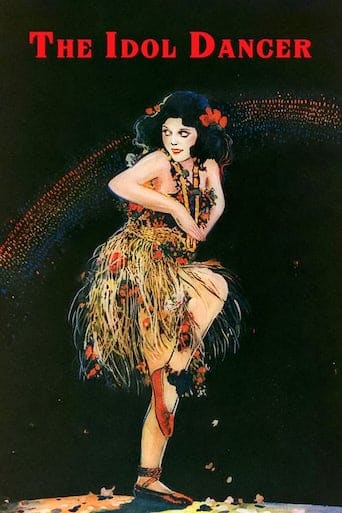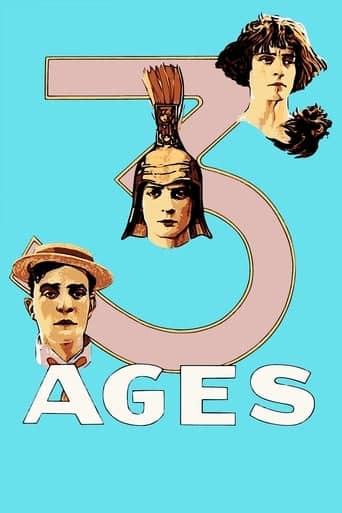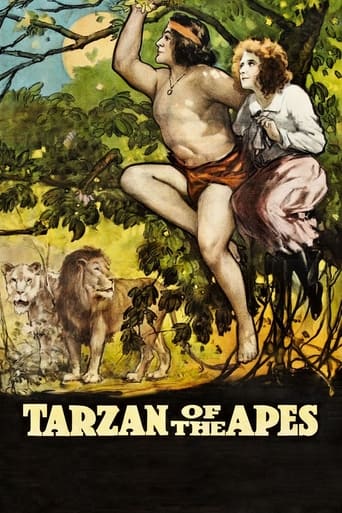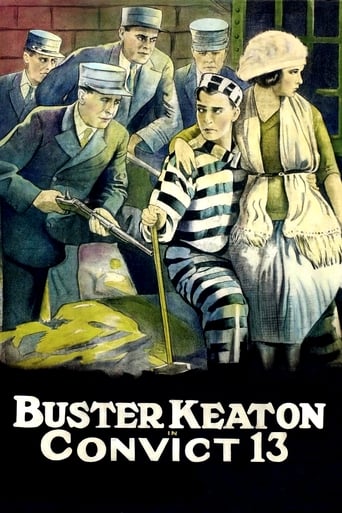The Idol Dancer (1920)

 D.W. Griffith’s “The Idol Dancer” (1920) unfolds against the exotic backdrop of a South Seas Island, weaving a tale of cultural collision, redemption, and the transformative power of human connection.
D.W. Griffith’s “The Idol Dancer” (1920) unfolds against the exotic backdrop of a South Seas Island, weaving a tale of cultural collision, redemption, and the transformative power of human connection.
Starring Richard Barthelmess, Clarine Seymour, and Creighton Hale, the silent classic takes audiences on a visually stunning journey that transcends boundaries and delves into the complexities of cultural identity.
The narrative introduces a religious zealot and his nephew, who find themselves marooned on the island along with an alcoholic beachcomber and a native dancer. As disparate worlds collide, “The Idol Dancer” sets the stage for a compelling battle of wills—one that seeks to determine who will “civilize” whom.
At the heart of the story is the clash between Western ideals of morality and the perceived “savagery” of the island’s native inhabitants. The religious zealot, driven by a fervent sense of righteousness, becomes a symbol of colonial imposition. His nephew, however, represents a more open-minded approach, sparking the possibility of understanding and coexistence.
The island’s alcoholic beachcomber adds a layer of complexity to the narrative. Struggling with personal demons and haunted by his own past, he becomes a poignant figure in the unfolding drama. His interactions with the native dancer, portrayed with grace and nuance, become a microcosm of the broader cultural dynamics at play.
As the characters navigate the challenges of survival on the island, “The Idol Dancer” becomes a meditation on the arbitrary nature of societal norms and the arbitrary distinctions between “civilized” and “savage.” Griffith, a master storyteller, uses the silent medium to convey the nuances of human interaction, relying on expressive visuals and evocative gestures to communicate the depth of the characters’ emotions.
Central to the film’s narrative is the native dancer, a character that transcends stereotypes and emerges as a symbol of resilience and cultural pride. Her journey becomes a metaphor for the resilience of indigenous cultures in the face of external influences. Through her eyes, the audience witnesses the complexities of identity and the struggle to maintain a sense of self in the midst of cultural upheaval.
The cinematography of “The Idol Dancer” is a visual feast, capturing the lush landscapes of the South Seas with breathtaking precision. Griffith, known for his innovative use of film language, employs the silent medium to its full potential. The absence of spoken dialogue heightens the impact of the visual storytelling, allowing the audience to immerse themselves in the subtleties of each frame.
The film’s soundtrack, often overlooked in silent cinema, plays a crucial role in enhancing the emotional resonance of the narrative. The evocative musical accompaniment complements the on-screen drama, creating a harmonious synergy between sight and sound.
As the characters grapple with their own demons and the external forces that seek to shape their destinies, “The Idol Dancer” evolves into a poignant exploration of redemption and the capacity for change. The cultural exchange that unfolds on the island challenges preconceived notions, paving the way for understanding and, ultimately, transformation.
In the grand tradition of D.W. Griffith’s storytelling, “The Idol Dancer” stands as a testament to the power of cinema to transcend linguistic barriers and convey universal themes. It invites audiences to reflect on the intricacies of human nature, the impact of cultural encounter, and the redemptive potential inherent in even the most challenging circumstances.
As the credits roll, viewers are left with a sense of introspection—a cinematic journey that transcends time and invites contemplation on the enduring themes of identity, cultural diversity, and the shared humanity that binds us all. “The Idol Dancer” remains a silent classic that continues to resonate, offering a timeless exploration of the human experience amidst the backdrop of a South Seas paradise.
Release Date: March 21st, 1920
Main Cast Members
Richard Barthelmess (Dan McGuire)
Clarine Seymour (Mary)
Creighton Hale (Walter Kincaid)
George MacQuarrie (Rev. Franklyn Blythe)
Kate Bruce (Mrs. Blythe)
Anders Randolf (The Blackbirder)
Thomas Carr (Donald Blythe)




